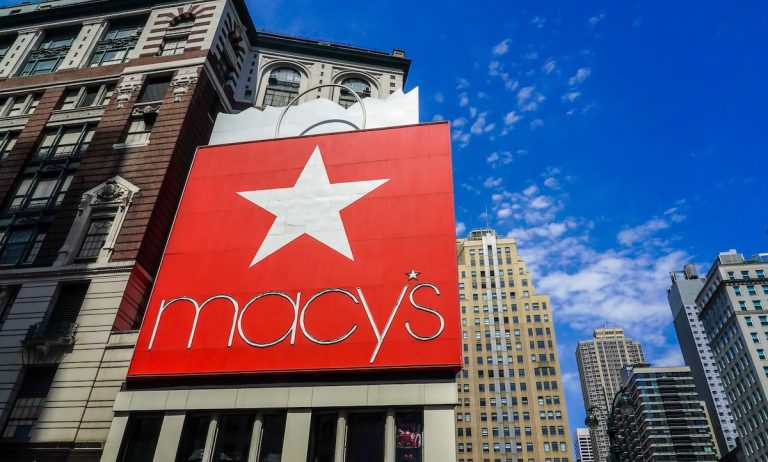
Drawing on a 40-year purview as a Macy’s employee that began as a trainee in 1983 and has seen him in the role of chairman and CEO for the past six, Jeff Gennette has seen more than his shares of ups and downs atop one of the retail industry’s oldest and best-known brands.
And yet, by some accounts, the past three years of unprecedented transformation and top-to-bottom change have left Gennette, and the business, in an entirely new place.
“I’d say the headline here is that we’re a more modern department store,” Gennette told analysts and journalists tuned in to the company’s third-quarter earnings call on Thursday (Nov. 17). “It’s a different company than we were back in March of 2020,” he added, before listing five core changes to back up his belief.
Those transformation buckets, he said, include a stronger, more aligned team, much better financial health, including far less leverage and “little to no debt over the next five years,” as well as better inventory control and supply chain management, improved pricing science and a reinvigorated private brand strategy.
The result is a 3.9% decline in sales for the three months ended Oct. 29, and importantly, no reduction in its prior forecast for the current quarter, contrary to what rival retailers such as Target and Kohl’s have said this week.
More Work to Do
To be sure, while Macy’s has changed a lot, Gennette is the first to say that, while pleased with the progress, the job isn’t finished.
“The concept of being a trusted one-stop-shop is timeless,” he said of Macy’s renewed push to bring more labels, brands and people into its 500 domestic stores. “But it works only if it reflects the preferences and needs of our customer.”
To that point, Gennette pointed to the early success of its permanent store-in-store partnership with Toys R Us as one example of the new nimble Macy’s, calling the initial response to the rollout last month encouraging and an experience that does not exist on a national basis anywhere else.
“Overall the Toys R Us customer is younger and more diverse than our Macy’s customer and we have discovered that 85% of Toys R Us customers are cross shopping,” Gennette said, calling the deal “a great example of finding a hole in the market and strategically filling it, gaining share and loyalty and creating lasting memories for children and adults alike.”
Similarly, he said the company’s new small format, off-mall “Marketplace” pilot program is also doing well and set to be expanded beyond the current eight locations as the project allows it a low-risk way to introduce customers to new options without shouldering inventory liability, while generating above-trend sales growth, keeping existing customers and drawing in new ones with its highly curated mix of merchandise.
“This is encouraging and, similar to Toys R Us, it further cements our status as a one-stop shop,” he said.
Luxury and Digital
In line with the global resilience enjoyed by most luxury brands during this period of record inflation, Macy’s high-end labels also proved to be better performers in the current environment than the flagship brand. This as both Bloomingdales and Bluemercury delivered comparable store sales growth of 5.3% and 14% respectively last quarter.
At the same time, Macy’s noted the outperformance of its brick-and-mortar business, which saw sales down 1% in Q3, compared to the 9% retreat in revenue for its newly expanded digital platform, which it pointed out is up 35% from 2019.
“We have transformed our entire organization,” Gennette said, noting that the breadth and diversity of its product line, which is not tied to one value-band, category, or life stage, was in a good place to meet increasingly cost-conscious customers.
“Our position is a strength, especially in the current environment where the styles our customers are looking for, the categories they are seeking, and how much they’re spending can differ dramatically from one season to the next,” he said.
For all PYMNTS retail coverage, subscribe to the daily Retail Newsletter.